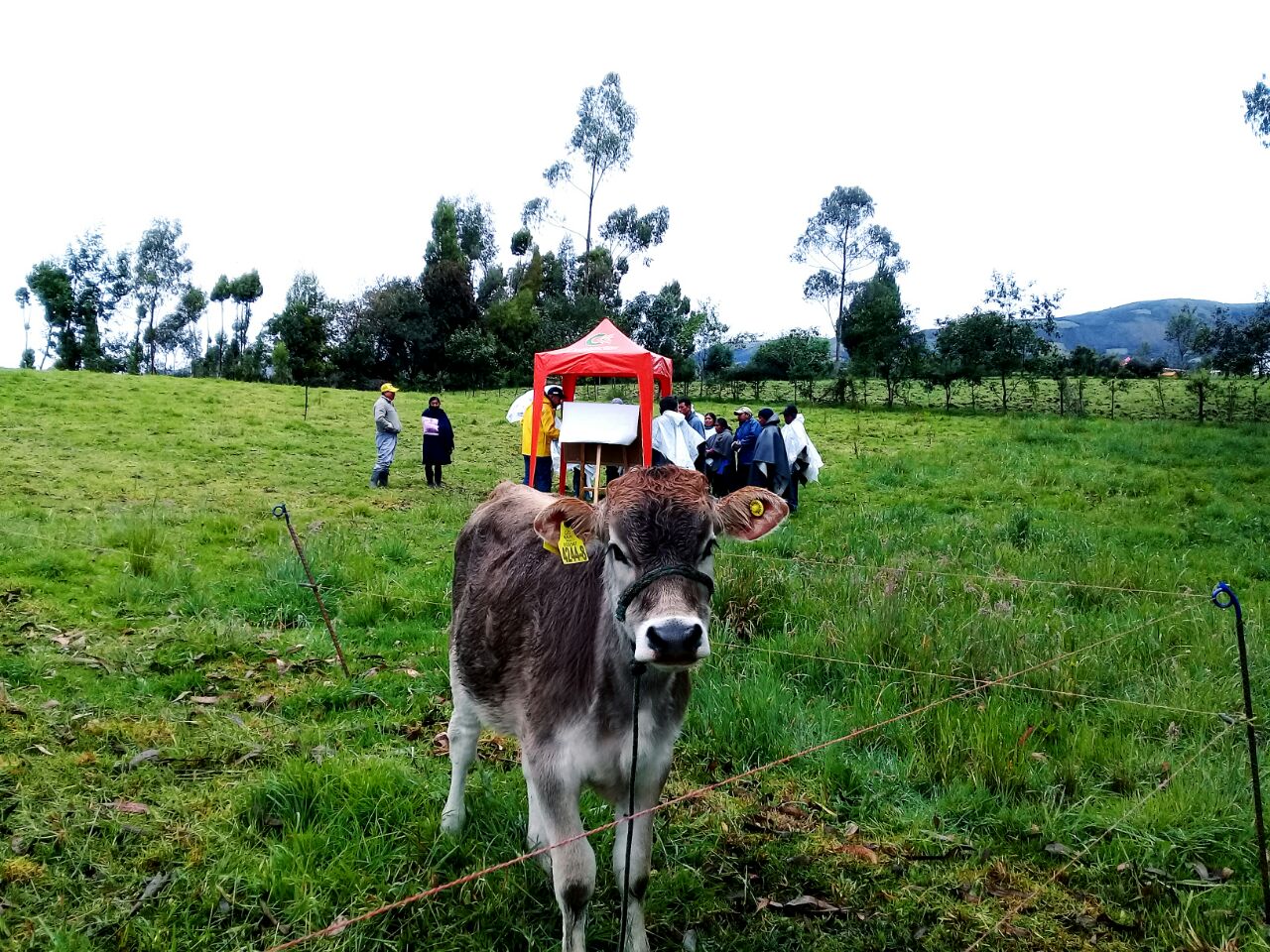Calidad de la leche cruda en el trópico alto de Nariño, Colombia
DOI:
https://doi.org/10.15517/am.v31i3.40892Palabras clave:
grasa, mesófilos aerobios, microbiológicos, proteina, sólidos totalesResumen
Introducción. La producción y comercialización de leche cruda en Nariño, Colombia, se rige bajo estándares microbiológicos y composicionales sobre los cuales se efectúa el pago por calidad. Sin embargo, la calidad se puede ver afectada debido al transporte posterior al ordeño. Objetivo. Describir la calidad microbiológica y composicional de la leche cruda en el trópico alto. Materiales y métodos. El estudio fue realizado en siete municipios del departamento de Nariño, Colombia, durante la temporada de lluvias comprendida entre los meses de febrero a julio del año 2017. Se recolectaron dos muestras de leche de la misma lata de leche, una después del ordeño (granja; n = 10), y la segunda en el punto de recogida (tanque; n = 10). En cada muestra se evaluaron las siguientes variables: altura sobre el nivel del mar del lugar de colecta, conteo de mesófilos aerobios (UFC), conteo de coliformes totales (COL), temperatura de la leche, grasa (GR), proteína (PR) y sólidos totales (ST). Resultados. La temperatura de la leche fue mayor en la finca comparada con el tanque (30±0,68 vs. 23±0,87 °C, respectivamente). El recuento de mesófilos aerobios fue mayor en el tanque vs. finca (116,470 vs. 41,388 CFU ml-1, respectivamente). La temperatura de la leche fue correlacionada negativamente con la distancia y el tiempo de transporte de la leche (-0,86 y -0,84, respectivamente). La calidad composicional de la leche no la afectó las condiciones de transporte. Conclusión. En las condiciones del trópico alto, la calidad microbiológica de la leche cruda estuvo afectada de manera negativa por el aumento en el recuento de mesófilos aerobios.
Descargas

Archivos adicionales
Publicado
Cómo citar
Número
Sección
Licencia
1. Política propuesta para revistas de acceso abierto
Los autores/as que publiquen en esta revista aceptan las siguientes condiciones:
- Los autores/as conservan los derechos morales de autor y ceden a la revista el derecho de la primera publicación, con el trabajo registrado con la licencia de atribución, no comercial y sin obra derivada de Creative Commons, que permite a terceros utilizar lo publicado siempre que mencionen la autoría del trabajo y a la primera publicación en esta revista, no se puede hacer uso de la obra con propósitos comerciales y no se puede utilizar las publicaciones para remezclar, transformar o crear otra obra.
- Los autores/as pueden realizar otros acuerdos contractuales independientes y adicionales para la distribución no exclusiva de la versión del artículo publicado en esta revista (p. ej., incluirlo en un repositorio institucional o publicarlo en un libro) siempre que indiquen claramente que el trabajo se publicó por primera vez en esta revista.
- Se permite y recomienda a los autores/as a publicar su trabajo en Internet (por ejemplo en páginas institucionales o personales) antes y durante el proceso de revisión y publicación, ya que puede conducir a intercambios productivos y a una mayor y más rápida difusión del trabajo publicado (vea The Effect of Open Access).























